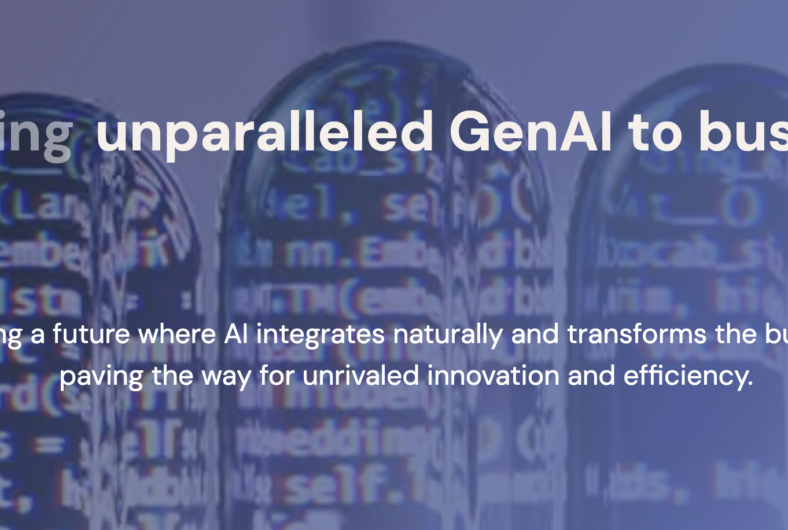Your challenge. Find the right path towards the cloud.
In a world where businesses have to constantly break new ground to stay ahead of their competitors, the Cloud opens the door to unparalleled possibilities. However, with a new environment comes new rules and dangers. Every company needs a trusted advisor who understands the pace and maturity trajectory of its business to realize a successful migration.

How cloud-ready are you?
Assess your cloud readiness in 10 questions.
Get clear, actionable recommendations to make cloud a business accelerator.
Take the testHow we do it Harness the full power of cloud and generate sustainable growth.
Set the pace of your migration
Design a business-led strategy based on AWS framework, set KPI’s to monitor strengths and weaknesses and align stakeholders. Make the cloud a business enabler with the right strategy.
Streamline your IT investments in the Cloud.
Keep your applications as-is without rethinking it and migrate them to the AWS universe to benefit from evolutionary infrastructure and detailed billings.
Increase velocity with re-engineered apps.
Re-engineer your applications to automate deployment management, adopt a microservices approach and faster time to market.
Unlock innovations thanks to cloud-native apps.
Rethink your information systems capabilities and build event-driven and innovative architecture as well as a performant product in AWS Cloud.
Our Migration Offers
VMware Cloud – Seamless move to cloud
Smart way to application lift & shift from an AWS Premier consulting partner.
AWS Cloud migration refers to moving a Cloud organization of a company to any Cloud service solution provided by Amazon Web services.
AWS is the biggest Cloud service provider in the world with around 35% of market share in the Cloud service industry.
There are 7 different migration strategies for each workload (7 Rs) that can be done with AWS: rehost, replatform, repurchase, refactor, relocate, retire, and retain.
1/ Rehosting
The rehosting application is a new development of the Cloud structure using cloud-native capabilities. It’s often used in a scenario where the organization wants to scale its migration quickly in order to meet with a specific business case.
2/ Replatforming
Replatforming is about optimizing the current structure in order to achieve quick benefits without changing the core architecture of the Cloud application. The easiest way to do it is usually to use a Cloud native feature. For example, you could wish to reduce the time a company spends in managing databases by using a “database as a service platform” like Amazon Relational Database Service.
3/ Repurchasing
Repurchasing is the action of moving to a different product, like another SaaS platform. As an example: you could choose to migrate your Customer Relationship Management database (CRM) platform in order to enhance the CRM capabilities of your company. You could also migrate your HR system or more broadly to move to another generic Cloud platform and so on.
4/ Refactoring
Refactoring is about thinking about the way an application is architected and developed using a Cloud native solution. This kind of migration is usually driven by a company’s business priorities and a strong need for new features in order to achieve higher performance.
5/ Retire
When it’s over, it’s over! That’s how it goes and it’s the same for the Cloud. Sometimes companies want to clean their IT portfolio in order to reallocate their resources to other activities. These savings can be used for other IT missions or wherever else.
6/ Retain
The retaining stage of a migration occurs when the board of a company is not ready to prioritize an application over another. Migration implies high costs of cash flow operations but also in terms of human energies. If migration doesn’t make sense for one’s business, it’s better not to do it.
7/ Relocate
The relocation stage is about moving the current infrastructure to the Cloud without purchasing new hardware. The company has to choose which tasks are important in the relocation process.
The 3 phases of migration to AWS cloud are :
Phase 1 – preparation : once you’ve identified a database for migration, you can start the preparation stage. It’s mostly based on the identification of interdependencies between applications and databases. A focus on the database workloads is also needed to define the typology of migration.
Phase 2 – Plan :This phase is about using the information collected during the preparation stage in order to define a migration strategy. it’s important to rationalize the information you get during the 7 Rs of migration.
Phase 3 – Migrate : once the migration plan is completed and you have identified a migration strategy, you can start the migration stage where IT services will need to:
- design the target database
- migrate the source data to the target
- Validate the data
Phase 4 – Operate and optimize: a migration is a very precise operation, that’s the reason why step 4 is to make sure that the company is following the best practices in terms of:
- monitoring
- alerting
- backups
- high availability










